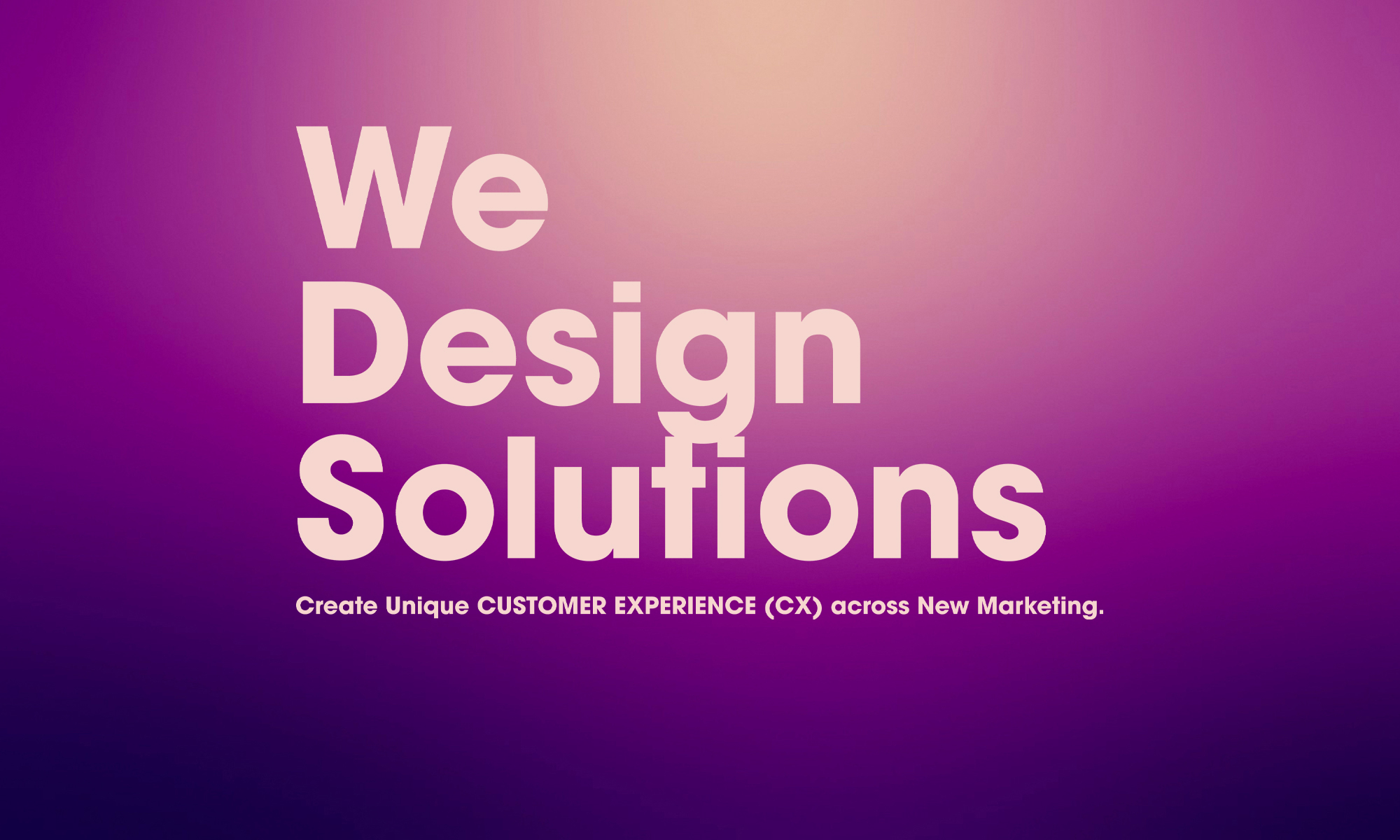
The Future of Design Management
“Is it the non-designer’s fault for not understanding design, or the designer’s fault for not explaining it well enough?”
It’s a question that sometimes comes up when communication breaks down during a project. But pointing fingers rarely solves the issue. Instead, what can truly move a project forward is having someone who can bridge the gap—someone who understands both sides and helps align their perspectives.
For instance, a project manager or art director can act as an interpreter between designers and non-designers. By clarifying expectations, constraints, and goals on both sides, they help smooth out misunderstandings and improve the clarity of deliverables. Even subtle differences in interpretation can greatly impact the final outcome.
Good design management involves a balance between respecting expertise and facilitating mutual understanding. That means recognizing the designer’s thought process and creative workflow, while also paying attention to the operational needs and perspectives of non-designers. When someone can see both sides and help coordinate between them, design shifts from being a decorative layer to becoming a genuine driver of business value.
Of course, there’s no one-size-fits-all answer. The ideal approach will vary depending on team structure, company culture, and the nature of the work. But that’s precisely why it’s worth pausing to ask: what kind of design management structure works best for your organization?
This wraps up our four-part series, “Can Designers Really Do It All?”
I hope it has offered a moment to reflect on how you and your team engage with creative work—both inside and outside your company.
(The End
